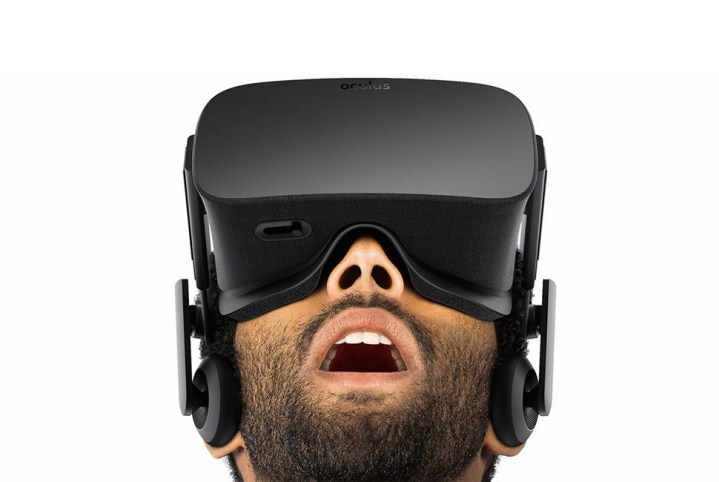
“I’d be very surprised if 50 years from now we’re still all carrying around slabs in our pockets when you can just project a virtual environment,” Luckey said at Web Summit 2015.
Right now augmented reality — which projects information over real life, like Google Glass — is separate from virtual reality — which takes up your entire field of vision to immerse you in a virtual world, like the Oculus. Luckey predicts that these two technologies will eventually converge, and we’ll pretty much use them constantly.
Instead of looking at a screen, says Luckey, consumers will become accustomed to virtual environments that constantly supplement their world.
“You’ll wear it all the time or carry it around with you all the time,” Luckey said. “Almost anybody is going to have it.”
If this seems farfetched, consider how unlikely smartphones — pocket-sized computers capable of connecting to a global network containing all of humanity’s knowledge and cat videos — would have seemed 40 or 50 years ago. That’s the sort of time scale Luckey is talking about here, and a lot could change between now and 2065.
For one thing, the price of virtual and augmented reality technology is going to come way down. Right now an Oculus system with a computer powerful enough to support it costs well upwards of $1,000.
Oculus CEO hints at $1500 price for the Rift and its PC
“Most people don’t have that,” Luckey admits, adding that things are going to change. “In five or six years, most computers people own are going to be capable.”
It’s impossible to know if Luckey is right, or if people will even want this sort of technology constantly in their face. But one thing’s for sure: its a fantastical vision of the future.
“VR is a science-fiction technology,” said Luckey. “It’s right up there with space travel and time travel and artificial intelligence and flying cars.”
Editors' Recommendations
- This new VR headset beats the Vision Pro in one key way and is half the price
- Vision Pro 2: everything we expect from the future of Apple’s headsets
- Disney just reinvented the VR treadmill, and it looks amazing
- Meet the Qualcomm chips powering Meta’s Quest 3 headset
- Apple’s Vision Pro may help your eyesight in this genius way


